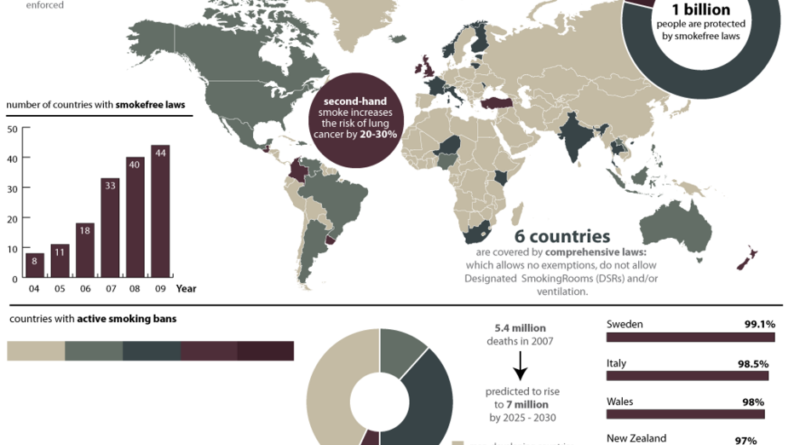Psychological Drivers of Tobacco Use
Tobacco usage in the world remains a pervasive health challenge, deeply ingrained in various psychological and social factors that influence people’s use across various demographics. For health workers, psychologists and doctors, it is nearly impossible to create intervention strategies to curb tobacco consumption without understanding the underlying psychological drivers. Ironically, most of the people who suffer from tobacco addiction, mostly cigarette smoking, are most likely to want to quit it. Still, the psychological drivers create much more resistance than nicotine addiction.
Many studies on quitting smoking show that 70% of people who smoke cigarettes reported that they would like to quit if they could. The success rate of cold turkey is exceedingly low. There are only 5% of people actually quit smoking despite the negatives, including health complications, financial costs, family problems, etc. There is around 65% of people relapse within a year. Some people can actually quit, and almost all of them (despite health complications and family problems), use behavioral and pharmacologic.
Primary Psychological Drivers of Tobacco Use
Cigarettes are the most prevalent addiction tool, but there are a number of other tobacco usages, and psychological drivers more or less govern all of them.
Stress and Anxiety
One of the primary psychological drivers across the globe is stress and anxiety. Many people, especially less frequent smokers, turn to smoking or any other kind of tobacco usage as a coping mechanism to alleviate stress and anxiety. The nicotine in tobacco acts as a stimulant and temporarily reduces feelings of stress and anxiety.
- It is often noticed that many people start smoking as an escape or coping mechanism for stress and anxiety. It is particularly prevalent in middle-aged people and young adults who may turn to tobacco use to manage their work, social and family pressure.
- Stress environments, such as in offices and social settings, can initiate smoking as a means of fitting in or gaining social acceptance.
- Tobacco use is also a habitual response to stress and anxiety. Over time, people use tobacco, mainly smoking, for relief from negative emotions and eventually make it a go-to behavior during stressful times.
- Smoking is often used as a strategy for emotional regulation. When individuals feel overwhelmed by their emotions, smoking provides a quick and accessible way to regain a sense of control and calm.
Peer Pressure and Social Acceptance
The adolescent developmental stage is crucial because young people are often affected by a high level of peer pressure that drives them to take risks, including substance abuse. Teenagers and adolescents often start smoking cigarettes to fit in with their peer groups or to be more socially acceptable. In developing countries, more than 70% of the one billion adolescent smokers are affected by tobacco-related morbidity or mortality. High school and university students already face lots of stress due to competition, and smoking further increases their poor educational performance, high-risk drinking behavior, high-risk sexual behavior and, in some extreme cases, illegal drug use.
Emotional Factors
There are many studies done on the emotional motivators of tobacco use. More than 80% of smokers said they found a feeling of solace and emotional comfort. Most of the people said smoking made them less anxious and induced calmness. A minor percentage of smokers said smoking a cigarette was to make them feel they were not alone. It has evidently been proven that emotions and feelings are primary motivators related to tobacco consumption and smoking intensity.
Tobacco Control: Science, Technology and Collaboration
Countries, including developing countries like many Asian countries, are following the World Health Organisation (WHO) Framework Convention on Tobacco Control (FCTC). Nevertheless, their decisions are forced upon them, and they can make autonomous decisions based on many internal factors. The timelines are given based on their relative compulsions.
Former WHO officials Prof. Robert Beaglehole and Prof. Ruth Bonita have expressed their concerns, saying the current tobacco control strategies are not working. According to the Human Centric Approach for Tobacco Control report, by 2030, more than 80% of tobacco-related deaths will happen in low and middle-income countries. One-third of all deaths due to tobacco use are anticipated to be because of cardiovascular diseases.
To date, cessation is the quickest way to minimize deaths among tobacco users. The Framework Convention on Tobacco Control (FCTC) emphasizes tax increases, smoke-free public spaces, educational programs, and a ban on tobacco marketing. A few clinical and medical solutions are integrated into public policy.
A diverse array of alternative products and cessation techniques have proven effective in aiding individuals in their journey towards quitting tobacco. Several strategies have been designed to permeate the usage of these products, such as government incentives, awareness campaigns, and support from health professionals.
Addressing current tobacco use and creating a harm reduction plan for consumers is crucial as tobacco imposes significant health burdens and economic impacts. Thus, providing less harmful alternatives and promoting safer practices for those unable to quit should be part of a holistic harm reduction approach, aiming to reduce the broader impact on people.
Evaluating alternative products creates an opportunity to empower individuals to make informed choices about their tobacco use and reduce the harm associated with it. For individuals who are not willing to quit tobacco, switching to less harmful nicotine products could offer huge benefits. Hence, consumers, industry players, and the government can come together to facilitate tobacco harm reduction policies for a healthy future.
Get updates and read additional stories on the Health Orbit Fan Page.
For Guest posts, Sponsored posts and other details, please click ‘Contact Us’ page.




